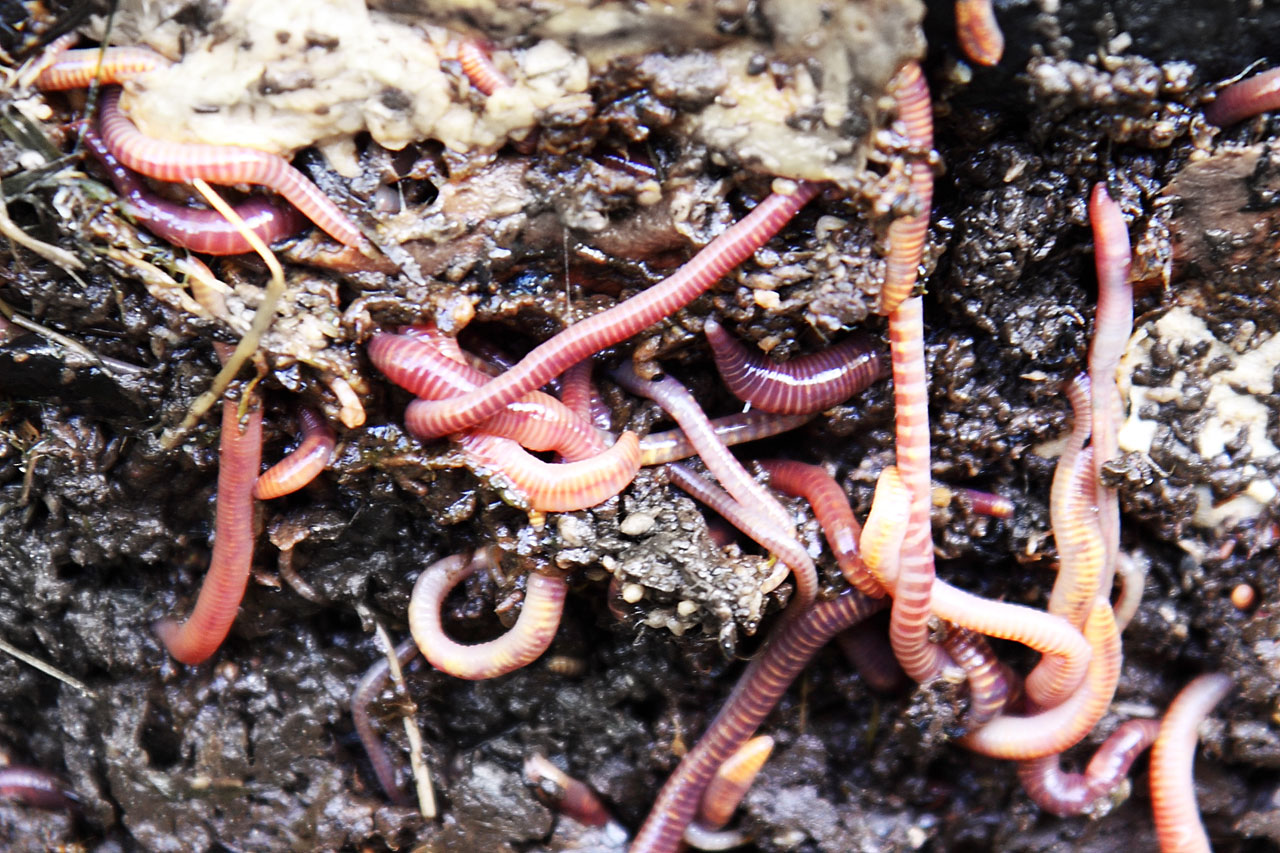
Friday, December 20, 2019 - An organism we rarely see is transforming the Earth. Invasive earthworms, native to Europe,  have burrowed into temperate and tropical soils worldwide, and are now beginning to encroach on colder habitats.
have burrowed into temperate and tropical soils worldwide, and are now beginning to encroach on colder habitats.
A new research project, presented at the American Geophysical Union Fall Meeting, documents these critters’ spread across Alaska. Their proliferation into cold forests there raises concerns about the potential for worms to rapidly change these ecosystems, eroding their ability to store carbon in leaf litter. “We have known [earthworms] as beneficial organisms in agriculture and gardening settings,” says Kyungsoo Yoo, a soil scientist at the University of Minnesota. “But we are only beginning to understand their impact when they’re invasive.”
Until recently, earthworm invasion went largely unnoticed as the critter quietly spread. The invertebrates move into new environments when fishers use them as bait, gardeners introduce them into their soil, and travelers inadvertently allow them to hitch a ride on car tires.
There are many types of worms, but the most concerning are the geoengineering variety, which includes night crawlers (the type commonly used as bait). Night crawlers burrow vertically, moving the plant material they eat deeper into the soil. Other worms, like red wrigglers (Lumbricus rubellus), burrow more laterally. The eating and digging these geoengineers do breaks down plant matter in the soil, turning leafy and woody bits into soil and freeing up the nutrients that were once bound in organic matter. In essence, worms speed up decomposition, which can be a bad thing for ecosystems used to taking it slow. “That’s why we call them engineers,” says Yoo. “They restructure their environment.”
In previous work, Yoo had documented the dispersal of invasive worms in the cold forests of Minnesota, but he was interested in whether they’d also managed to move farther north into Alaska and begin to alter the ecosystems there. To even know where to look, they talked to biologists and local citizens to determine where worms had been spotted. Then, they focused on about 20 sites, including gardens and boat landings. They studied soils near fishing sites that used nightcrawlers as bait as well as those that didn’t to determine if bait was indeed a source. Yoo and his team would start digging right next to each site, and then move outward, surveying the soil about every 30 feet to see what worms were around.
Their findings show the beginnings of earthworm invasion in the state, though the worms are so far confined mostly to southern coastal areas. Up to the town of Talkeetna, the geoengineers were clearly working their way from boat sites into forests; the researchers found their numbers were high at boat landings, and then gradually dwindled outward. Further supporting that bait was to blame, Yoo and his team didn’t see earthworm hotspots around fishing areas that traditionally use salmon eggs rather than worms for bait. Up north, though, few introduced worms survived, if at all. Near Fairbanks, the worms were confined to small areas like south-facing gardens or around hot springs; the environment elsewhere was simply too cold to survive.
In some places there were no worms because they could not have survived. In Fairbanks some do survive because there are locally warmer soils in the garden, a south facing garden, or a flowerbed next to the buildings.
Near boat launches, worms had dramatically changed the soil. At 200 feet away from one launch site, the soil has a litter layer, made up of leaves and other dead plant material, about six inches thick. But at about 30 feet from the boat area, that organic layer disappeared. Yoo says that he and his team could blindfold themselves further out from a site, and, as they walked toward the boat landing, be able to feel the soil beneath their feet change when they stepped on earthworm habitat. Organic matter is springy and soft, but the areas the worms had transformed felt more solid underfoot. This sort of change takes around five to 10 years of worm burrowing, adds Yoo.
Learn More at this Link